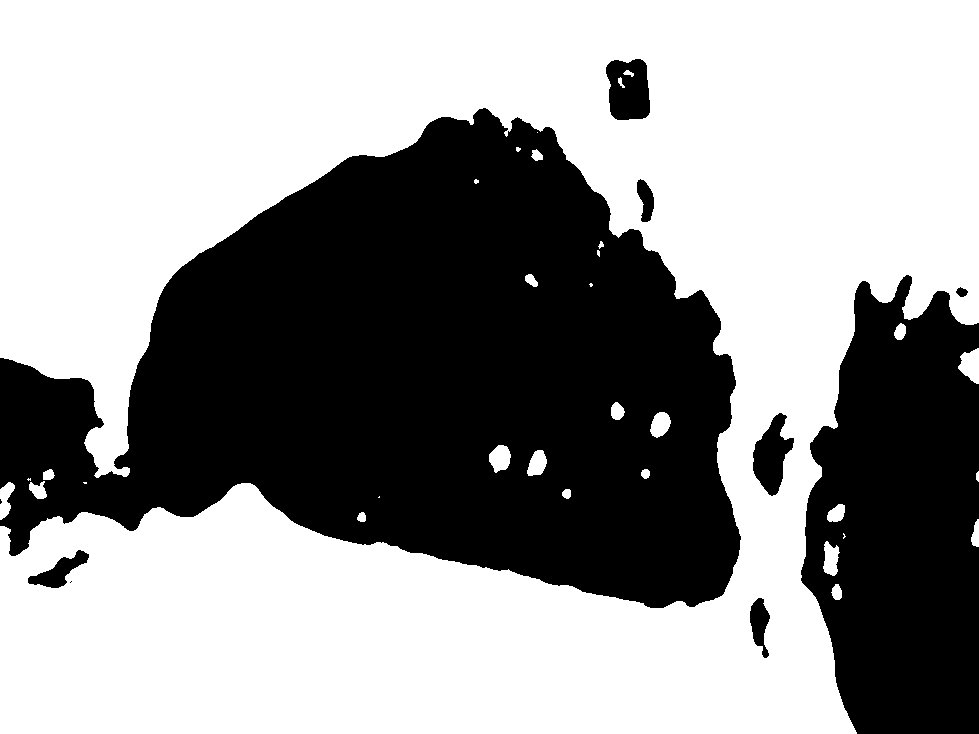Segment the "cupules" of a prehistoric engraving.
Hi all,
recently I had to detect and measure the holes of a prehistoric engraving called in French "cupules", these are holes done by prehistoric men larger than holes called "négatifs d'éclats".
This is an explanatory diagram :  and this is an image to treat :
and this is an image to treat :
These images are of poor quality, I know, but they are those sended by the archaeologist.
There are 7 cupules on the image.
I tried to do an Otsu binarization and then to slip a complicated mask formed by circles and segments which must be even white or black and verify on each pixel of the image if the mask match a "cupule", but it doesn't work, it is not the good method.
If you have a better method I will be happy.
Thank you very much
Best regards

